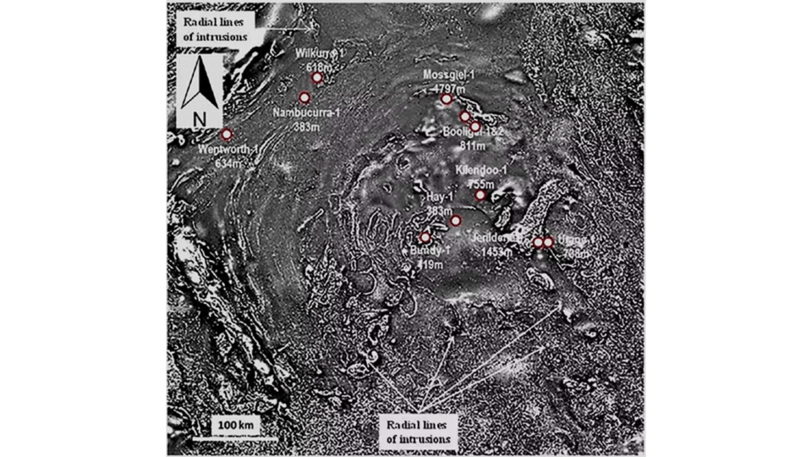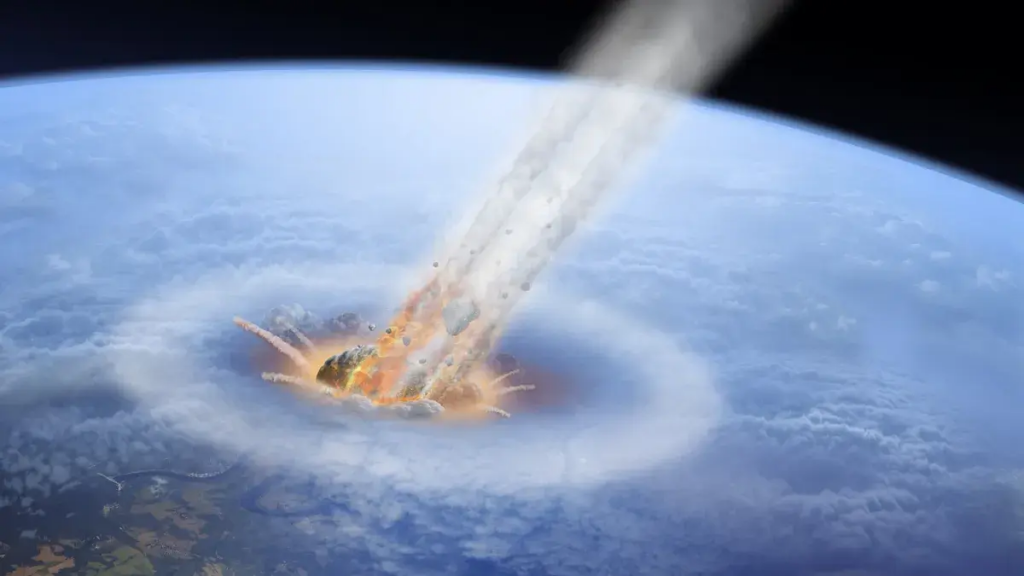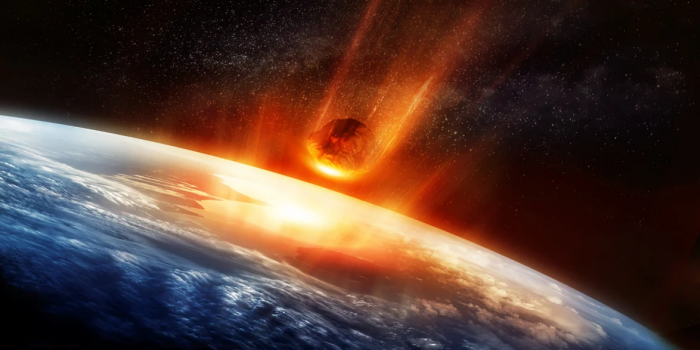In a groundbreaking revelation that reads like a cosmic detective story, scientists have unearthed compelling evidence pointing to the existence of Earth’s mightiest asteroid impact structure.
The astonishing discovery, detailed in a recent Tectonophysics study, takes us deep beneath the surface of southern New South Wales, Australia, where a colossal enigma known as the Deniliquin structure stretches an astounding 520 kilometers in diameter. This enigmatic structure could potentially outshine the reigning champion, South Africa’s Vredefort impact site, by a significant margin if confirmed.
Co-author Andrew Glikson, an Adjunct Professor at UNSW Sydney, draws a vivid parallel between these ancient impacts and the ripples that spread across a tranquil pond when a pebble takes its plunge. This celestial “splash” forms a central dome, which, over time, could be eroded or concealed beneath layers of geological transformation, a remarkable testament to Earth’s ever-evolving story.

These domes, vestiges of impacts from long past epochs, are like pages ripped from Earth’s history book, revealing its tumultuous narrative. From the grandeur of the Vredefort impact structure to the catastrophic tale etched in the Chicxulub crater, which spelled doom for the dinosaurs, these stories speak of cosmic collisions’ immense power and lasting impact.
The journey to discovering the Deniliquin impact structure started with Tony Yeates, who, between 1995 and 2000, unearthed magnetic anomalies beneath the Murray Basin in New South Wales. These mysterious magnetic patterns hinted at an epic subterranean impact structure, and recent geophysical data from 2015 to 2020 have lent unprecedented support to Yeates’ hunch. The Deniliquin structure is a masterpiece of impact characteristics, showcasing symmetrical magnetic ripples encircling the core and seismic domes at its center.

Magnetic readings unveil “radial faults,” fractures stemming from the impact’s epicenter, accompanied by minor magnetic deviations that could signify molten rock intrusion into existing fissures. These telltale features echo those found in other global impact sites, underlining the potential significance of the Deniliquin structure.
Yet, for all its compelling features, the definitive proof of impact lies hidden in the depths, waiting to be unearthed through deep drilling. The prospective impact site, nestled in Gondwana’s ancient expanse, holds secrets that stretch back millions of years. The impact event that spawned the Deniliquin structure might even be linked to the Late Ordovician mass extinction event, a chapter marked by colossal ice sheets and a profound decline in species.
Unraveling the actual age of this structure demands a journey into its very core, achieved by extracting samples through deep drilling. This ongoing scientific discovery has the potential to unlock secrets that bridge the gap between Earth’s distant past and its present, offering insights into the explosive forces that have shaped our planet over eons.
For an in-depth exploration, the entire study awaits in the pages of Tectonophysics.


